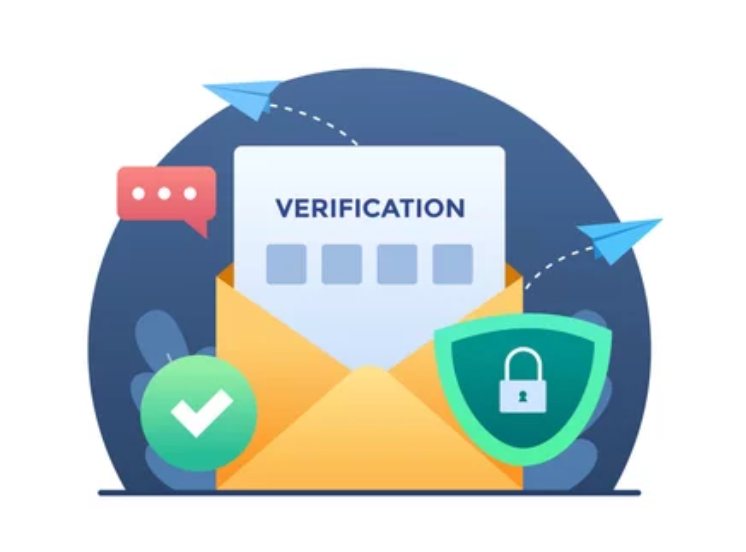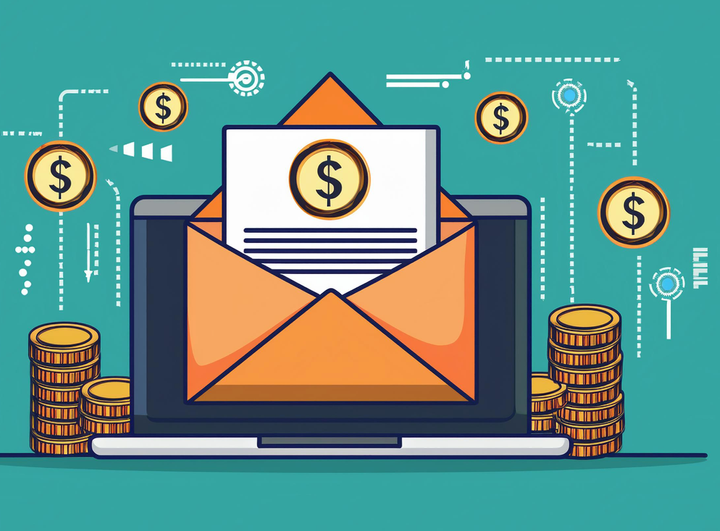The Benefits of Email Verification: What You Need to Know
While social media and messaging platforms thrive, email remains the cornerstone of personal and business communication. Explore the pivotal role email plays in personal, professional, and commercial spheres, with millions exchanged worldwide.

Email is not dead.
Despite the growth of social media or communication platforms like Telegram and Slack, email has always been and probably will always be the primary communication tool for individuals and businesses.
Email stands as a pivotal tool in personal, professional, and commercial domains. Millions of emails are exchanged across the globe for various purposes.
However, amidst its role, email verification also emerges as a crucial factor.
In this article, we will go through a comprehensive overview of email verification, its significance, and the paradigmatic shift it has brought to our digital communication.

Understanding Email Verification
Email verification is a process that checks the authenticity and validity of an email address. It is an important step in the email management system. This ensures that an email address exists in the real world and is active.
Definition of Email Verification
It is a service that determines if an email is real and can receive messages. It checks different factors, such as:
- Syntax
- Domain
- Mailbox
By verifying these aspects, it ensures that the email is formatted correctly, the domain is valid, and the specific mailbox exists.
How Email Verification Works
The workings of email verification involve a series of steps:
- The process checks if the email address follows the standard email format
- Then verifies the domain and checks for its validity
- The process confirms if the specific email address is present within the domain.
The three types of Email Verification
An email address can serve as an indirect form of personally identifiable information (PII) and play a vital part in identity verification (IDV) and fraud prevention.
To ensure security and authenticity, there are three types of email verification methods that can be used individually or in combination.
Access to the email
The first type of email verification requires access to the email account. This process involves sending a unique verification link or code to the email address in question. To confirm their account access, the recipient must then click on the link or enter the code.
The Email’s Reputation
The second type of email verification focuses on the reputation of the email. This method determines the credibility of the email based on its past behaviour, such as the frequency of sending emails, the number of bounced emails, and the quality of its content. People who use an email address with a high reputation score are less likely to be involved in spam or fraud.
Email Ownership Verification
Email ownership verification is the third method. This one needs the user to show that they own the email account. This could be done through a two-step verification process, such as logging into the email account and then confirming the login through a secondary device or method.
This makes sure that the owner of the email account does not let anyone else use it without their permission.

The Benefits of Email Verification
Email verification offers numerous advantages, enhancing the overall efficacy and productivity of communication strategies.
Improving Email Deliverability
One of the primary benefits of email verification is the enhancement of email deliverability. By ensuring that emails are sent to valid, active email addresses, companies can significantly reduce the likelihood of their messages ending up in spam folders or being rejected by email servers.
Reducing Bounce Rates
Email verification can also help in reducing bounce rates. Bounce rates refer to the percentage of sent emails that cannot be delivered. By verifying the existence and activity of an email account before sending an email, companies can decrease the number of bounced emails, thereby improving their email deliverability rates.
Protecting Sender Reputation
Protecting the sender's reputation is another significant benefit of email verification.
High bounce rates and spam complaints can be detrimental to a sender's reputation. Verifying email addresses can help maintain a positive sender reputation by ensuring that emails are not sent to inactive or non-existent addresses, thereby reducing the chances of spam complaints.
Enhancing Customer Engagement and Retention
Email verification plays a critical role in enhancing customer engagement and retention. By ensuring that emails reach the intended recipients, companies can enhance their engagement levels with customers.
This can lead to higher conversion rates, increased customer loyalty, and improved customer retention.
The Process of Email Verification
Email verification is a process that ensures the validity and deliverability of an email address. It involves cross-checking the format, domain, mail server, and user mailbox of an email address. By lowering bounce rates, stopping spammy behaviour, and improving sender reputation, the process can make email marketing campaigns much more effective.
A step-by-step guide on how to verify an email
- Check the format: This involves checking if the email address is in the correct format with an "@" symbol and a valid domain.
- Verify the domain. The next step is to ensure the domain exists and is functional.
- Validate the mail server. This step involves checking if the mail server is valid and capable of receiving emails.
- Confirm the mailbox. This step is to verify if the mailbox exists and can receive emails.
Tools and Services for Email Verification
There are several reliable tools and services available for email verification. These include Maileroo's Free Email Verification API, ZeroBounce, Hunter, VerifyBee, and NeverBounce. These services can help businesses ensure their email lists are clean, valid, and deliverable, thereby enhancing the effectiveness of their email marketing campaigns.
Also, you must remember that subscription forms should be protected by an easy-to-use captcha to prevent bots from entering fake emails and polluting your email list.
Wrap Up
The significance of email verification cannot be overstated.
Email verification is a process that enhances the deliverability of emails, ensuring they reach the intended recipients and consequently improving engagement and conversion rates.
It also reduces bounce rates, prevents spam behaviour, and bolsters the sender's reputation, contributing to a more effective email marketing strategy.
As a leading SMTP email service provider, Maileroo plays a pivotal role in the email verification process.
Maileroo ensures that all emails sent through its platform are validated for the correct format, functional domain, valid mail server, and existing mailbox. This rigorous check helps businesses maintain a clean, valid, and deliverable email list, leading to improved email marketing outcomes.
By ensuring email deliverability, businesses can enhance customer engagement, boost conversion rates, and solidify customer loyalty. The ripple effects of such benefits are far-reaching, from reinforcing brand reputation to fuelling business growth.



